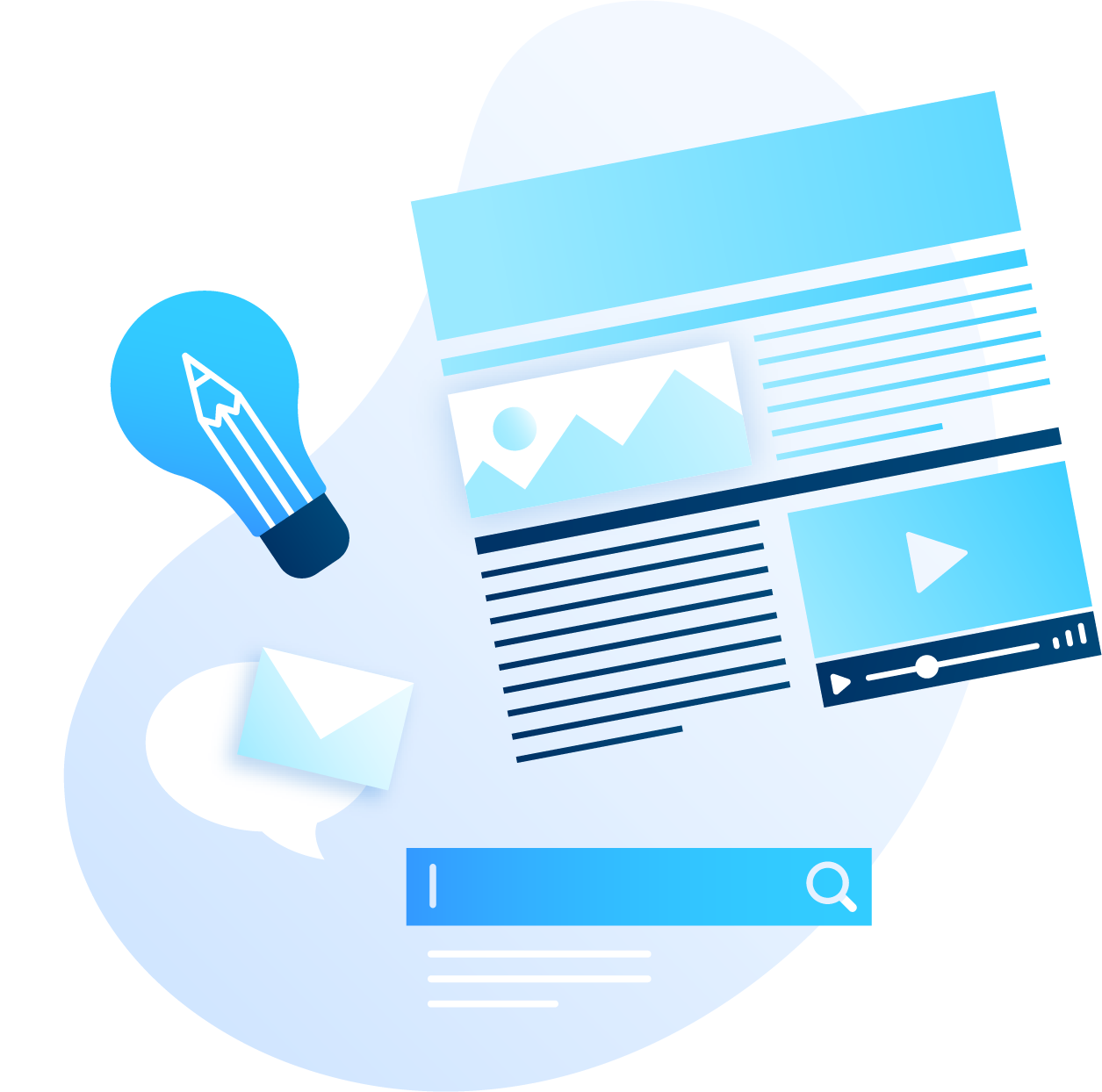The power and potential of today’s chatbots offers a wide array of customer service and technical support opportunities to help scale support delivery capability.
Chatbot usage is widespread with varying levels of sophistication from basic responses to known issues to interactive diagnostics sessions. When properly implemented chatbots can help resolve some issues or triage more complex issues to direct customers to appropriate technical resources.
Three Applications for Chatbots:
Case Routing
Use basic chatbot interactions to quickly discern which individual or department is best qualified to answer a customer question.
A simple question such as “how can I help?” can gather sufficient information to determine if an issue is technical or account/sales related.
Responses to chatbot questions can be captured with a predefined list of options, or rely on text analysis to parse the customer response to determine the likely customer need.
This type of application is possible with most chatbots out of the box.
Triage
Sometimes a customer does not know what help they need. Use of a chatbot can ask probing questions to identify the customer need.
The goal is to figure out what the customer needs, the level of severity of an issue, and then to direct them to the best qualified resource (or tool) to resolve an issue.
A chatbot’s ability to triage can be simple – distinguish between a Sales or technical issue – or more complex.
For complex triage applications a chatbot must be able to ask a series of related questions that expose customer needs. This requires more sophisticated technology to follow static decision trees or dynamically ask questions based on text analysis and logic rules.
Simple triage applications can typically be performed “out of the box” while more sophisticated diagnostics require programing and training of the bot.
Resolution
Use chatbots to resolve customer issues.
This is of course the best possible outcome as it provides a low-cost scalable resource and delivers a quick answer to customer issues.
Providing the answer to a specific question can be straightforward for some issues – certainly for well documented and common issues. For more complex issues the requirements of a chatbot are far greater.
A chatbot must have the ability to understand the semantics of human language and the ability to draw on knowledge resources to respond – all possible, but not a typical “out of the box” solution.
Key Considerations for Applying Chatbots to Support
- Use basic chatbots for basic applications.
- Do not try to solve problems beyond the reasonable capabilities of the chatbot technology.
- Always provide an option to connect with a human.
- Ask, in a non-intrusive way, how the chatbot did so you can improve the customer experience.





